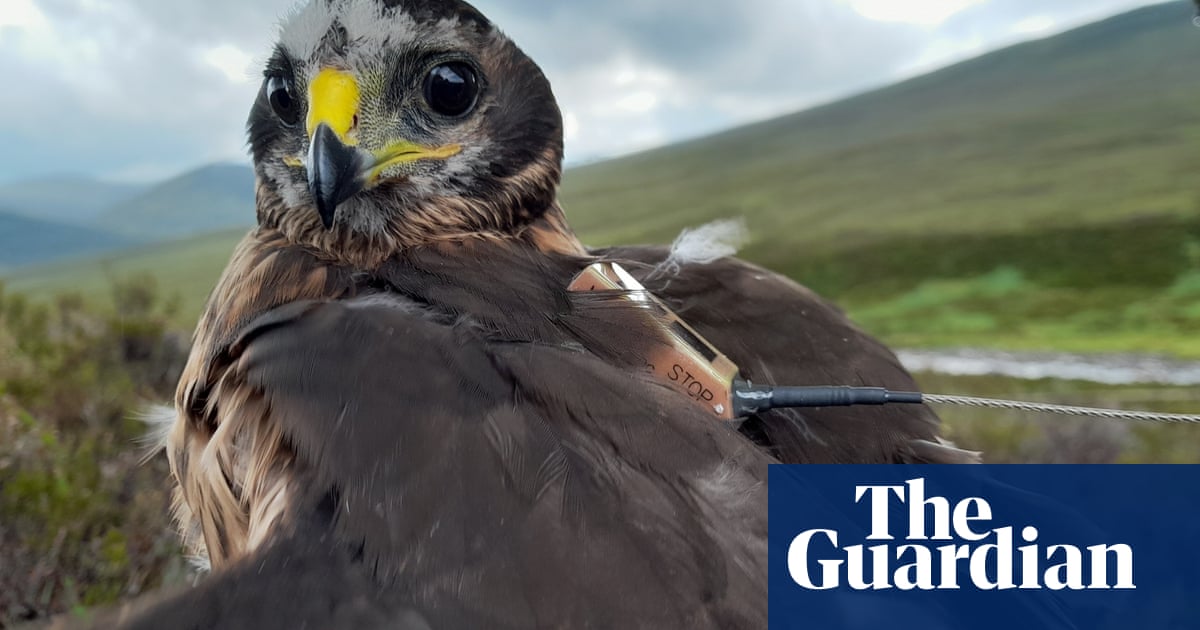
The wild goats that have been nibbling the new grass around the glamping decks at Loch Katrine, in the Trossachs, can expect some dining companions this weekend, as the long-awaited relaxation in travel restrictions accompanied by fine spring weather brings day-trippers flooding into the Scottish countryside.
From Friday, Scots can travel freely around the country for outdoor exercise, recreation and socialising, for the first time this year, although overnight stays are still not permitted and non-essential shops, as well as cafes, pubs and restaurants, remain closed until later in the month.
While lockdown has kept humans at bay, a bitter winter has driven some birds and animals down off the mountainsides, and so local rangers and park authorities are asking returning visitors to be especially mindful of wild creatures who have become used to their absence.
“The wild goats and their kids have been enjoying having the place to themselves,” said James Fraser, the chairman of the Friends of Loch Lomond and the Trossachs. “There’s a fair bit of wildlife on the lower grounds because of the lack of visitors.” As well as the goat herds, deer are more evident as well as ospreys as the bird nesting season begins.
More broadly, said Fraser, there are the inevitable worries about a sudden explosion in visitors, although lessons have been learned from last year. “Even over the last few weekends with the good weather there has been a significant increase in numbers, with people blurring the local authority boundaries.
“Visitor numbers will take a giant leap now, there’s no doubt, but we are better prepared this year. Public agencies have car parks and public toilets open and the national parks have had funding to roll out temporary toilets.”
While Loch Lomond rangers are asking visitors to avoid nesting ospreys, further north in the Cairngorms the national park has issued similar warnings about capercaillies, Scotland’s largest ground-nesting bird, whose breeding season has just begun.
With the area’s pine forests home to about 80% of the UK’s depleted and fragile population of capercaillies, which are sensitive to disturbance, the Cairngorms National Park Authority has asked visitors to stick to waymarked paths and keep dogs on leads.
David Pickett, a national reserve manager for NatureScot, will be watching the adders and lizards at Flanders Moss, in west Stirlingshire. “They’re not long out of hibernation and need to sunbathe to build up their resources,” he said. This is the time of year when male adders “dance”, entwining together as they compete to mate with females, and they can be very sensitive to disturbance.
The effect of more than a year of lockdowns has also been to hamper the necessary management of species like deer or indeed invasive plants on the nature reserve, especially when it has not been possible to rely on volunteers for extra help.
This weekend, said Pickett, “the general message is to encourage people to enjoy these sites but have minimal impact on wildlife”.
He added a further note of caution about wildfires, with warnings of “extreme risk” in place across most of the country over the next few days. “We’re asking people not to use disposable barbecues or light fires,” he said. “With dry grassland, gorse and heather, the impact can be swift and huge just as the birds are settling down to breed.”
Meanwhile, Butterfly Conservation Scotland suggests that those out in nature this weekend keep a look out for some of the country’s scarce spring species, such as the Rannoch brindled beauty and Kentish glory – both are rarer than capercaillie and ospreys and, crucially, not disturbed by people.












